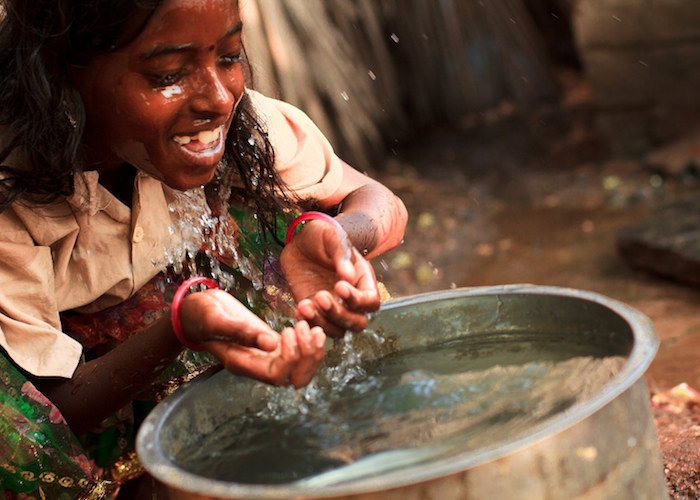ASIA
South Asia has 23.7% of the global population but only 4.6% of the world’s renewable water sources. Countries in the region already face considerable water management challenges due to high population density, poverty, and a high dependence on agriculture as a source of livelihood. Water resources in South Asia are overexploited and depleting fast, and institutions are struggling to manage and allocate water effectively. Climate change will only exacerbate existing problems through irregular rainfall patterns and increased incidence of floods and droughts.
Since 2014 the Action on Climate Today (ACT) programme has been actively working in five South Asian countries – Afghanistan, Bangladesh, India, Nepal and Pakistan – to help national and sub-national governments plan for, and manage, the impacts of climate change in the water sector. The ACT programme has championed a Climate-Resilient Water Management (CRWM) approach as a way of increasing the resilience of water systems on which billions of people rely. The programme’s activities in this domain range from preparing urban flood management plans and adapting agriculture to increasing incidences to drought, to mainstreaming climate adaptation in water policies and estimating the future demand for water under different climate scenarios. This framework is informed by these activities and within this water management interventions are sorted into three categories:
- Water resource management (including assessment, supply augmentation and demand management);
- Management of extreme events (floods and droughts); and,
- Creating an enabling environment for CRWM (including mainstreaming climate impacts in sectoral and cross-sectoral policies, among other governance instruments).
The framework distinguishes CRWM activities as different from conventional water management because they have to adhere to three main criteria:
- The best available climate information and data have to be used to go beyond business as usual;
- The principles of resilience, such as using ‘buffers’ and having flexibility and adaptability are systematically integrated; and,
- A sharp focus on reducing the vulnerability of poor and marginalised communities.
Government officials are already aware of unseasonal, more intense and frequent, instances of drought, monsoon rains and floods, and urgently seek ways to address the impacts citizens face. This presents an opportunity and entry point to engage policy makers in the CRWM process.
Listen to a 60-second audio abstract of the paper:
 The full ACT learning paper “Climate-Resilient Water Management: An operational framework from South Asia” and a learning brief can be accessed here: http://www.acclimatise.uk.com/collaborations/action-on-climate-today/#ui-id-7
The full ACT learning paper “Climate-Resilient Water Management: An operational framework from South Asia” and a learning brief can be accessed here: http://www.acclimatise.uk.com/collaborations/action-on-climate-today/#ui-id-7
ACT (Action on Climate Today) is an initiative funded with UK aid from the UK government and managed by Oxford Policy Management (OPM).
Key Contacts
- Elizabeth Gogoi, Consultant, Oxford Policy Management (OPM) gogoi@opml.co.uk) +91 98 11 55 2951
- Aditya Bahadur, Regional Programme Development Manager, Action on Climate Today (ACT) bahadur@actiononclimate.today




